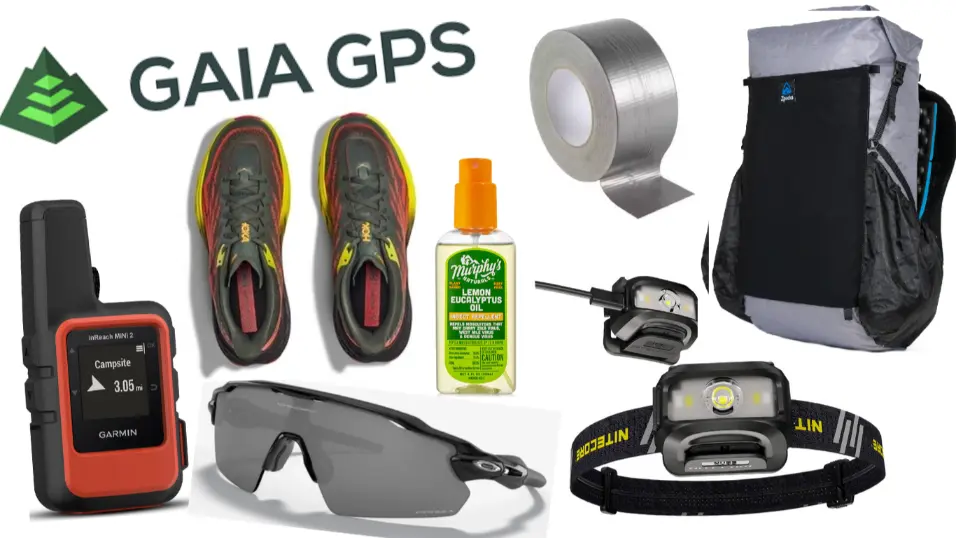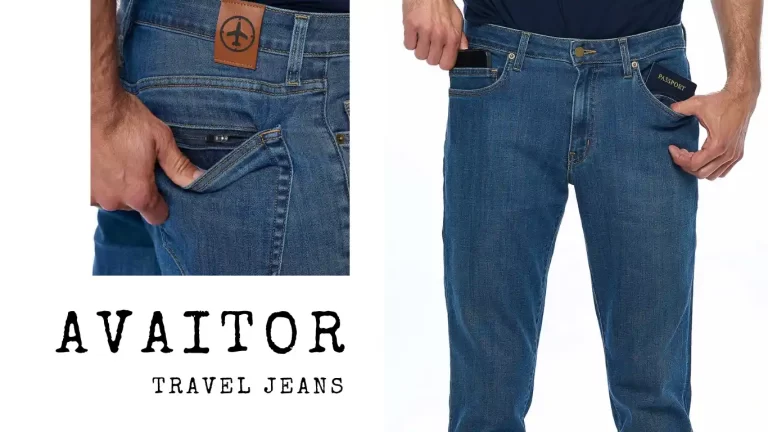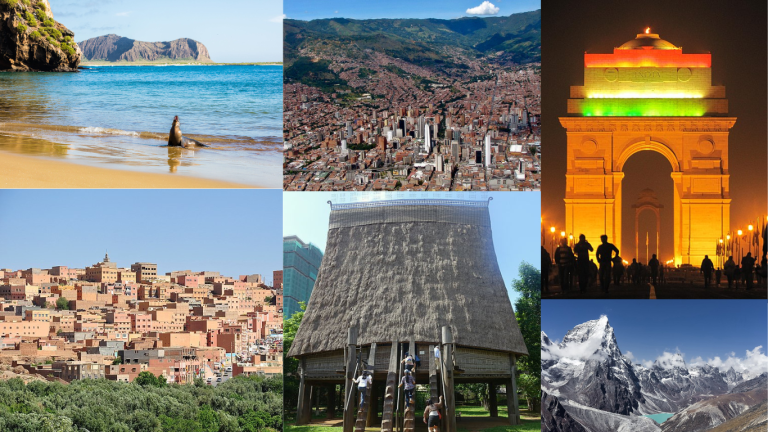Hey everyone! Have you noticed there are so many lists telling you what you need as Hiking Essentials, but sometimes it can be overwhelming, right? That’s why I wanted to jump in and chat with you about it too. See, I have been researching for quite some time now, and along the way, I have seen a bunch of different gear and essentials. So, what I want to do is share with you the things that I have found to be super important for a day hike. I just found these things interesting and want to pass this info to you all.
Understanding Hiking Essentials and Gear
Day hiking essentials are the things you have gotta have to be comfy, safe, and ready for anything, like if you have to stay out overnight or if something unexpected happens. These essentials are like your hiking buddies, helping you along the way. We are talking about stuff like water, snacks, a first aid kit, and a flashlight. They are super important for keeping you safe and happy while you’re out exploring nature. And don’t forget about the basic gear, like a good pair of shoes and a jacket, to keep you cozy and protected from the wind, rain, or sun.
- Understanding Hiking Essentials and Gear
- Footwear: Hoka Speedgoat 5s
- Communication Device: Garmin InReach Mini
- Backpacks: ZPacks Sub Nero S and Osprey Stratos
- Hydration Essentials
- Navigation Tools and Techniques
- Communication and SOS Devices
- Lighting and Power solutions
- Clothing Essentials
- Sun Protection and Headwear
- Insect Protection
- Safety Gear and Bear Protection
- Medical and First Aid Kits
- Bottomline
- Frequently Asked Questions
Footwear: Hoka Speedgoat 5s

These shoes are really cool. They are super versatile, which means you can wear them for all sorts of activities. Plus, they are really light and comfy on your feet, which is awesome when you are out and about. When you are picking your size, it’s good to know that they fit snugly, so you might want to try them on first to make sure they’re just right. Now, there are other shoes out there, but you may really want to try the Speedgoat 5s because they feel great and they are perfect for all types of adventures.
Communication Device: Garmin InReach Mini
This little gadget is what we like to use to stay connected when we are out exploring. It is like our go-to choice for sending messages and letting people know where we are. What’s cool about it is that it lasts a long time without needing to be charged, and it is tough enough to handle all kinds of adventures. Plus, we can use it even if we don’t have your phone with us, which is super handy. Now, there are other options out there, but Garmin InReach Mini is reliable and easy to use.
Backpacks: ZPacks Sub Nero S and Osprey Stratos
The ZPacks Sub Nero S and the Osprey Stratos. First up is the ZPacks Sub Nero S, which is perfect for folks who like to keep things simple when they hike. It is super lightweight and waterproof, which means your stuff stays dry even if it rains. Then, there is the Osprey Stratos, which is all about comfort and staying cool. It has got this cool trampoline back that helps keep your back comfy and lets air flow through, so you don’t get too sweaty. Each one has its own perks, and it’s fun to try them out and see which one works best for you!

Hydration Essentials
One really handy thing to have is a Smart Water Bottle. You can find these bottles pretty much everywhere, like at gas stations around the world, which makes it super convenient when you need to refill. What’s cool is that these bottles work really well with the Sawyer Squeeze water filter. That means you can filter water straight from a stream or lake while you are on the go, which is pretty neat. Now, here is a tip: attaching the Sawyer Squeeze to the water bottle is easy peasy, and I will share some tricks to make it even simpler. The best part about Smart Water Bottles is that they are tough and don’t cost a lot, so they are a smart choice for hikers who want a reliable and affordable way to stay hydrated on the trail!
Navigation Tools and Techniques
One way to navigate is by using smartphone apps like AllTrails, Gaia GPS, or OnX. These apps give you info about trails and help you find your way. A cool trick is to download maps and files beforehand, so you can use them even if you don’t have internet access. Another option is a handheld GPS device, like the Garmin GPSmap 64. These gadgets are tough and work great even if it’s rainy or rough outside. They are like a reliable friend helping you find your way home, no matter what the weather throws at you!
Communication and SOS Devices
One important gadget is the inReach, which is a satellite communicator. It is like a lifeline because it lets us send SOS signals if we need help, even in places where there’s no cell service. Another thing to keep in mind is having more than one way to communicate, just in case something goes wrong with one device. It is like having a backup plan to make sure we can always reach out for help if we need it. These devices are like our safety nets, making sure we can stay connected and get assistance when we are exploring in remote areas.
Lighting and Power solutions
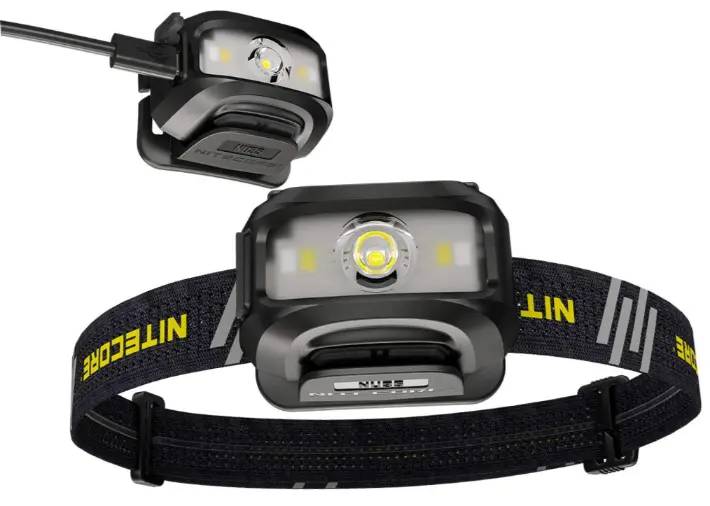
When it gets dark outside, having a good headlamp is super important for seeing where we are going. One great option is the Nitecore NU headlamp. It is light and tough, perfect for hiking adventures. Another thing to think about is keeping our devices powered up. Portable battery packs like the Anchor MagSafe and Nitecore are handy for charging phones and other gadgets while we’re on the trail. To make our batteries last longer, we can try putting our phones in airplane mode and using less power. These tips help us stay safe and connected, even when we’re exploring in the dark!
Clothing Essentials
Having the right clothes is super important because they keep us comfy and protected while we’re out exploring. One cool option for pants is the Kuhl Renegade convertible pants. They are tough and can handle all sorts of rough trails, plus you can turn them into shorts if it gets hot! For shirts, long-sleeve button-downs and hoodies are great because they help us stay cozy when it’s chilly and protect us from the sun. REI t-shirts are awesome too because they’re tough and keep us dry when we’re sweating. And don’t forget about socks! Darn Tough socks are the best for keeping our feet comfy and preventing blisters. With the right clothes, we can have a great time hiking and exploring the outdoors!
Sun Protection and Headwear
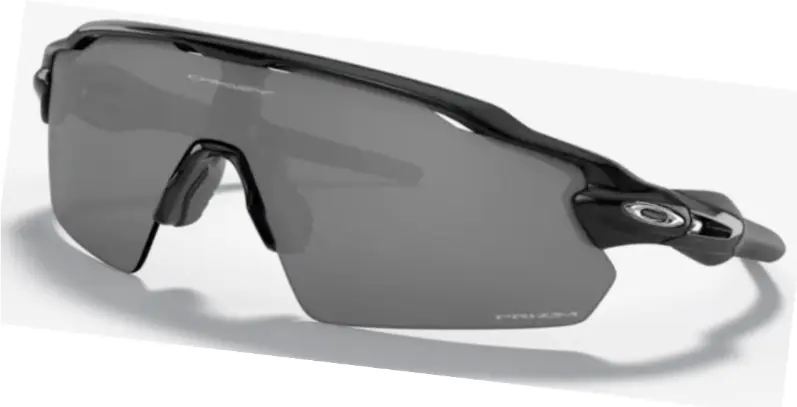
It is really important to protect ourselves from the sun’s rays when we are out on the trails. One great way to do that is by wearing a visor from Outdoor Research. Visors help keep the sun out of our eyes and wick away sweat to keep us cool. When it is cold outside, beanies are awesome because they keep our heads warm and cozy. And don’t forget about sunglasses! Sunglasses like Oakleys are super important for protecting our eyes from the bright sunlight. With the right gear, we can enjoy our hikes while staying safe and comfortable in the sun!
Insect Protection
It can be tricky dealing with insects, especially in the summer. But there are some things we can do to keep them away. One option is using natural insect repellents like Murphy’s Lemon Eucalyptus. They help keep bugs from bothering us without using chemicals. Another helpful tool is a head net. These nets keep insects away from our face and eyes, which can be really annoying while we’re trying to enjoy our hike. With the right protection, we can keep those pesky bugs at bay and have a great time exploring the outdoors!
Safety Gear and Bear Protection
One thing we can use is Counter Assault Bear Spray. It is really reliable for keeping bears and other animals away if they get too close. Another helpful tip is joining a membership at an outdoor retailer like REI. With a membership, we can get discounts and rewards on gear we need for our outdoor adventures. Having the right gear and knowing how to use it keeps us safe and lets us enjoy nature without worries.
Medical and First Aid Kits

Having a small and light medical kit is super important. Inside, we can pack things like electrolyte chews, antibiotic ointment, Band-Aids, alcohol wipes, leukotape, and duct tape. These items help us take care of wounds and fix our gear if something breaks. A simple medical kit like this is perfect for day hikes and short trips because it’s easy to carry and has everything we need for basic first aid. With the right kit, we can stay safe and enjoy our outdoor adventures worry-free.
Bottomline
In concluding our exploration of day hiking essentials, I have delved into the personalized gear guide tailored to enhance your outdoor adventures. From selecting versatile clothing options to embracing communication devices like the Garmin InReach Mini, our journey has been one of discovery and preparation. We have highlighted the significance of staying hydrated with Smart Water Bottles and navigating safely with tools like the Garmin GPSmap 64. Additionally, we also discussed the importance of sun protection, insect repellents, and bear safety gear, ensuring a well-rounded approach to outdoor exploration. For our future hikes, this guide may serve as a beacon of knowledge, empowering us to embrace the beauty of nature while prioritizing safety, comfort, and sustainability in our endeavors. Happy trails and happy exploring!
Frequently Asked Questions
How do I choose the best hiking gear for my needs?
When selecting hiking gear, consider factors such as the length and difficulty of your hikes, weather conditions, terrain, and personal preferences. Researching and testing different products, reading reviews, and seeking recommendations from experienced hikers can also help us make informed decisions.
Where can I purchase hiking gear?
Hiking gear can be purchased from outdoor retailers, specialty hiking stores, online retailers, and outdoor gear rental shops. Consider shopping at stores with knowledgeable staff who can provide guidance and recommendations based on your specific needs and budget.
How do I pack for a hiking trip?
When packing for a hiking trip, we should prioritize lightweight and versatile gear. Pack essential items like water, food, navigation tools, first aid supplies, extra clothing layers, and emergency gear. We should always consider the duration of our hike, expected weather conditions, and any specific needs based on the terrain and environment.

